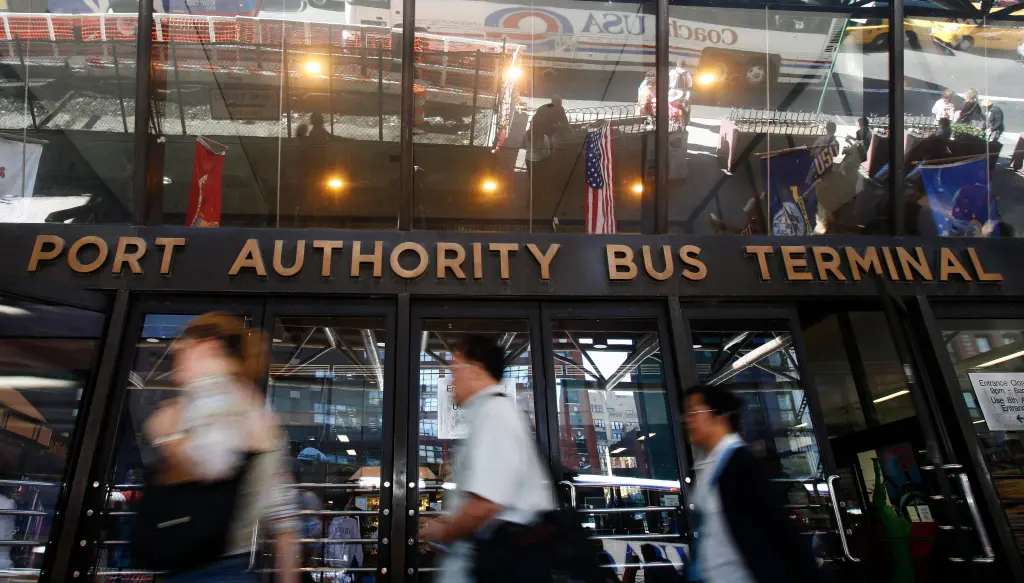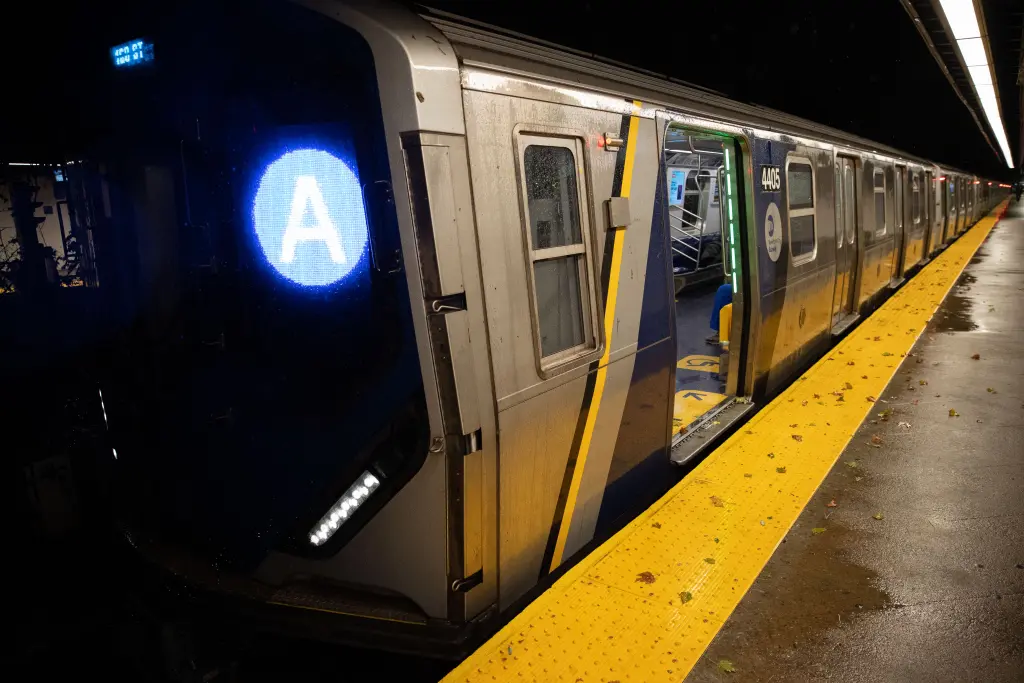Horrific Rush-Hour Moment: Woman in Her 60s Struck and Killed by A Train at 42nd Street–Port Authority Bus Terminal in Apparent Suicide
Monday morning in Midtown Manhattan unfolded with an abrupt and tragic escape of normalcy. At approximately 6:58 a.m., the southbound A train pulled into the 42nd Street–Port Authority Bus Terminal station, as countless commuters shuffled aboard for their daily ride. In that moment, a woman, believed to be in her 60s, ended her life in plain view of the bustling subway, stepping or falling into the path of the inbound train. Authorities described the incident as an apparent suicide, with no signs of foul play.

Surveillance footage and transit-system records show the train entering the station as per schedule. Moments later, the woman was discovered unconscious and unresponsive on the tracks and was pronounced dead at the scene by emergency services. New York City Police Department officials confirmed the victim’s age range but said her identity will remain withheld until family members are notified.
Within minutes, the screen turnstiles flashed yellow with the legendary “A” line logo, but for this ride the destination would remain unchanged. Commuters, many unaware of the tragedy unfolding ahead, continued their routine, while transit officials scrambled behind the scenes. The Metropolitan Transportation Authority (MTA) swiftly suspended service on the affected platform, dispatching police officers, EMS personnel and transit operations staff to manage both the unfolding investigation and continuing flow of traffic. The station, already one of the busiest in the city, experienced delays that stretched into the morning rush hour.
Officials said there were no indications that someone else was involved or that the incident was accidental. A source at the NYPD described the case as “apparent suicide,” noting the woman was alone and no device or weapon was found. With no criminal investigation launched, the focus has shifted to systemic issues: the safety of busy subway platforms, mental-health outreach, and the burden on city transit during the busiest hours of the day.
The visibility of the incident spurred immediate response from city leadership. The MTA, while offering its condolences, affirmed its commitment to safety and announced an internal review of platform monitoring procedures and crisis-response readiness. While details remain limited, the agency acknowledged that the morning’s events will prompt further evaluation of protective measures—particularly on high-volume platforms such as 42nd Street–Port Authority, with its dense crowds and limited buffer zones between waiting riders and the train tracks.

Mental-health professionals say the tragedy shines a light on the often unseen crisis of despair, even in the heart of one of the world’s busiest public-transit systems. Earlier this year, city-wide officials placed emphasis on bolstering crisis hot-lines and expanding outreach programs to connect individuals at risk to psychiatric care. In their statement, the NYPD reiterated that anyone experiencing suicidal thoughts should call 988 or, in New York City, 1-888-NYC-WELL for 24/7 support.
Among the commuters that morning were office workers, tourists and transit-system veterans. Many described the platform atmosphere as busy but ordinary. The screech of train brakes, the hum of announcement speakers, a sea of newspapers and coffee cups – all standard. Yet for some who witnessed or heard the aftermath, the air shifted. One commuter, waiting on the packed platform, noted hearing the operator shout, followed by chaos as subway workers closed station gates and ushered them away from the scene. Others later found themselves stranded on rerouted trains or waiting while emergency teams cleared the tracks.
From a broader perspective, the incident raises questions about how the infrastructure of one of the world’s most complex transit networks handles unexpected tragedies. With tens of thousands of riders streaming through 42nd Street–Port Authority each hour, the margin for error or delay is thin. While the system routinely manages medical emergencies, service disruptions and mechanical malfunctions, a death on the tracks during a major arterial shift looms differently: it touches on the human element of transit risk.
New York’s transit history is marked by rare but high-impact incidents — from derailments to violent attacks. But despite intense pressure, the MTA’s record shows that death by train in this system remains uncommon. Still, each such incident commands attention, not just because of the tragedy itself, but because of what it exposes: the vulnerability of public spaces, the proximity of life and loss, and the quick pivot from normal commute to crisis scene.
In the hours that followed, the train platform remained closed — investigators entered the track bed to gather data and review video, the station PA system cycled through delay notifications, and riders were steered toward alternative routes. For the woman who lost her life, for her family now notified by police, what began as a Monday morning commute ended in irrevocable loss. For the city, it became a somber reminder of the silent struggles that intersect with public spaces.
Transit-system analysts note that while structural safety standards are rigorous, less visible factors – such as crowd density, mental-health incidents, and the platform design in high-traffic nodes – demand ongoing scrutiny. At 42nd Street–Port Authority, the convergence of bus terminals, subway lines and pedestrian traffic creates a pressure-point environment where extra vigilance may be required. In her report, the NYPD transit division underscored that even in the absence of foul play, every platform death triggers an inquiry into what preventative measures might have been in place.
The experiences of passengers vary. Some arrived for the day’s journey unaware that the station’s normal rhythm was about to break. Others watched, perhaps without fully grasping the event unfolding, as train traffic halted and announcements urged patience. Some found themselves rerouted, delayed, frustrated. And behind all those movements was a deeper ripple: the psychological impact of witnessing or hearing scenes of trauma in a public transit setting. The MTA offered counseling referrals for staff and first-responders.
The woman’s motive may never be publicly revealed, respecting her family’s privacy and pending the coroner’s final assessment. What is clear, though, is the culmination of a life ended at a point of transit. Trains departed, passengers embarked, schedules resumed — but this station, for the woman, became the scene of final departure. In this respect, the subway becomes more than an engine of urban mobility: it becomes an environment where human vulnerability, stress and crisis sometimes find their last stage.
In the final tally, no criminal arrest will follow, no suspect will face charges. And yet the impact remains widespread: one death, one shock, another set of questions raised about how a city’s public-transport lifeline responds to the most personal of emergencies. As New York braces for the next rush hour, the rail tunnels remain unchanged in their engineering. But the human condition they carry — hopes, dreams, routines — may never be quite the same after Monday’s tragic stop.


